
Showing all 8 books

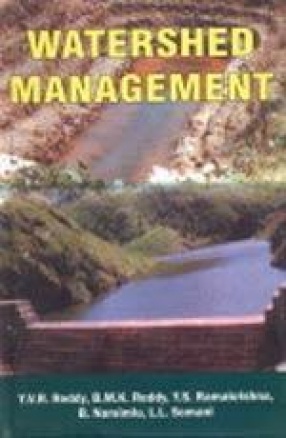
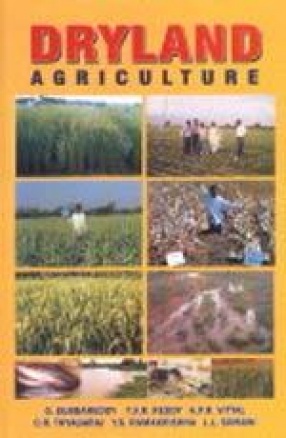
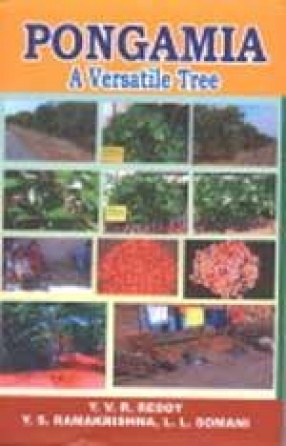
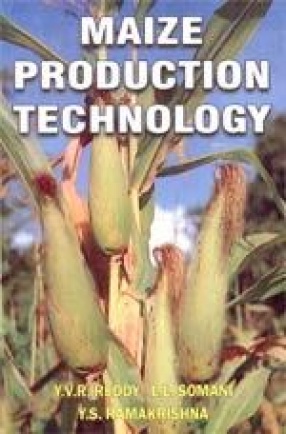

Dryland Mechanism improves productivity profitability and sustainability of dryland agriculture. Mechanization of Dryland Agriculture involves identification and selection of suitable machinery and implements for different operations based on location specific needs an power resources available. Network of small fabrication in rural area is important to ensure local availability of proven tools. Custom hiring of implements and availability for use on payment of ...
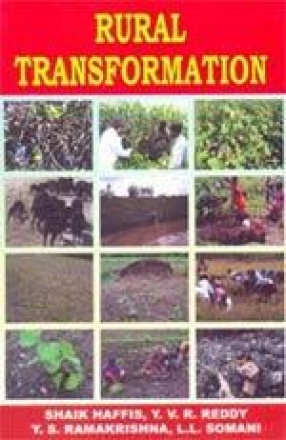
After surpassing the twin stages of agriculture sector. Viz., food security-based agriculture till the advent of green revolution and self-sufficiency in food crops after the Green revolution, India’s Modern agriculture is at present specialized agriculture to some extent poised towards commercial entrepreneurial agriculture besides facing multiple concerns and challenges. This is necessary, but not a sufficient condition in achieving rapid rural transformation ...
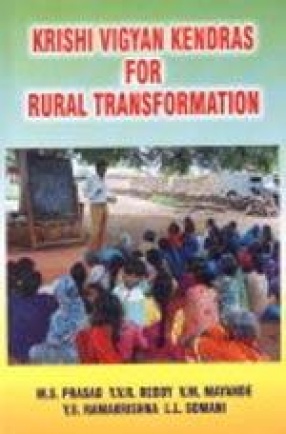
Government of India proposed many projects/schemes to improve the socio-economic conditions of farmers in India and wanted to transfer technologies from the research stations to farmers' fields. The programme like national demonstration, Operational Research Project, Lab to Land, watershed management, etc, and Krishi Vigyan Kendra was initiated during the year 1974 at Madur, Karaikal, Pondicherry under the host organization of Government of Pondicherry and ...

Government of India launched a watershed development programme during the year 1983-84 with an objective to develop natural resources, viz., land, water, vegetation and productivity of crops in addition to improvement of standard of living of the people. Based on the experience gained during 1983-90, the Watershed Development Programme has been expanded further to cover larger areas. Government of India through its Ministries of Agriculture, Rural Development, ...

All India Coordinated Research Project for Dryland Agriculture (AICRPDA), Hyderabad was launched by Indian Council of Agricultural Research during 1970 with 23 Cooperative Centres Institute for Dryland Agriculture (CRIDA) during 1985. Another scheme All India Coordinated Research Project for Dryland Agriculture (on agrometeorology has been functioning at CRIDA for the past two decades. Research efforts went deep into real issues to tackle the problems of drylands ...

Pongamia pinnata is a multipurpose and multiuse farmers' friendly tree in India. It thrives well in sub-tropical regions and it is seen in almost all states in India. It is naturally germinated and grown in tank bunds, field bunds, water channel areas, wastelands, etc. Farmers use branches, stems, tree parts, etc. for farm implements. Leaves and flower drops, etc. are used as compost or green manure. Oil and oilcake can be used as pesticides and biofertilizer ...

One hundred and seventy frontline demonstrations were approved and sanctioned by the Director, Directorate of Maize Research (ICAR), New Delhi for kharif season, 2004 and he approved and sanctioned to hold a meeting/ training for Subject Matter Specialists working in promotion and development of maize in Andhra Pradesh. Accordingly it was conduced during August 26-27, 2004. Fourteen experts were invited to present papers on different aspects of maize for ...
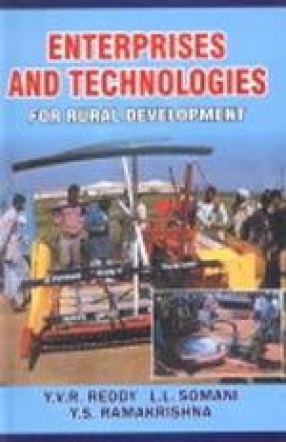
Even after more than fifty years of development planning, Indian economy continues to be agriculture-based. The dependence of people on agriculture did not decline in a scale comparable to the reduction in the contribution of agriculture to the National Gross Domestic Product. Despite the significant progress in the overall development of the economy, the rural urban disparities continue to be glaring. Still, A very large majority of rural population dependent on ...
